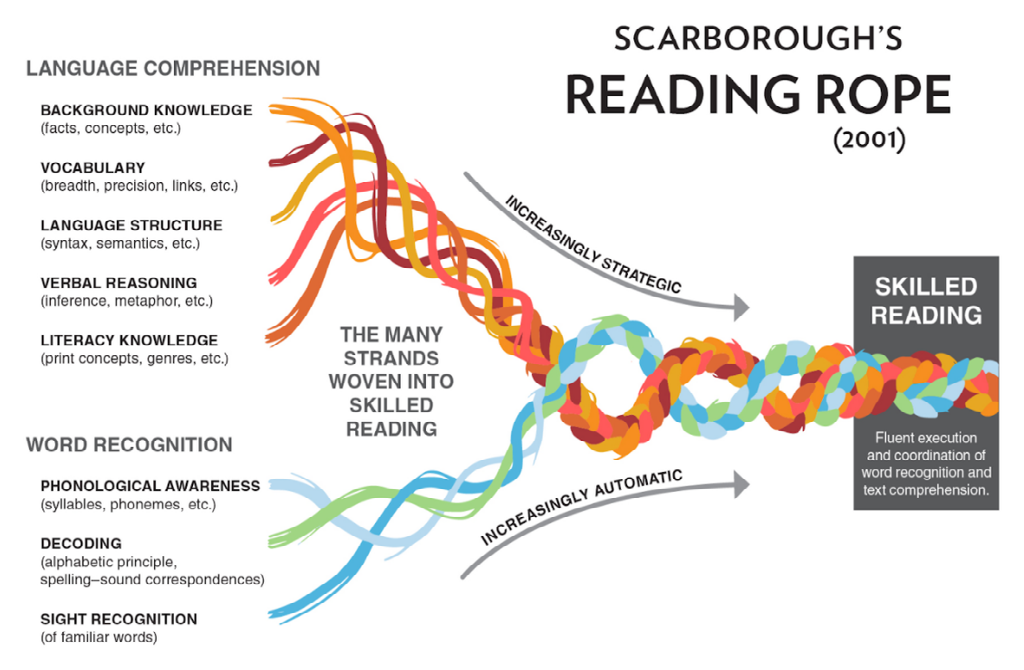- Southmoreland School District
- PK-12 Literacy Committee
PK-12 Literacy Committee
Page Navigation
Overview
-
Beginning Our Journey--the Southmoreland Literacy Committee
In the fall of 2022, administrators, teachers, reading specialists and parents came together to ask a simple question: how do we make sure that students in our district are learning the critical elements of reading? Our discussion led us to the establishment of the Southmoreland Literacy Committee, which is tasked with the work of developing a literacy plan for all students, grades k-12, that is research based and effective in its scope and impact.
PA House passes "Science of Reading" legislation to help educators teach all children how to read--Patriot News, January 10, 2022
Reading instruction is not only a local priority, it is a state and, more broadly, a national priority. One in five American adults, or over 43 million citizens, are considered functionally illiterate, struggle to decipher basic government forms, and even read their own mail (National Council on Teacher Quality, 2020). Reading scores for children across the United States continue to cause alarm. One in four children in America grow up without learning how to read. 65% of students do not effectively read at grade level (NAEP, 2019) The No Child Behind Act has forced educators to focus on standardized testing and proficient comprehension performance for students in grades 3-5. Because of this, less emphasis was placed on developing foundational skills in younger students.
Hollis Scarborough, a psychologist and literacy expert, created Scarborough’s Rope to further explain the complex process of learning to read. The rope illustrates the many skills needed to achieve skilled reading. As word recognition skills become increasingly automatic and language comprehension skills become increasingly strategic, skilled reading becomes a fluent process.

The scientific evidence on how students learn to read and how to best teach reading arrived at the following conclusions:
- The greatest number of learners have the best outcomes in reading when they are taught how to decode (word recognition) and given multi-sensory practice in language (listening, speaking, writing, conversing, etc.) to develop language comprehension.
- Word recognition involves phonological awareness, decoding and spelling, and sight recognition.
- Language comprehension involves the development of background knowledge, vocabulary knowledge, language structures, verbal reasoning, and literacy knowledge.
- Systematic, direct, explicit instruction in the development of the associated skills of word recognition and language comprehension have the greatest impact on students' proficiency in reading comprehension.
- The pillars of effective reading instruction and learning are Phonemic Awareness, Phonics, Fluency, Vocabulary, and Comprehension.
Word Recognition: Instruction in grades K to 2 will focus on acquiring the skills necessary to "crack the code" of the English language. There are 26 letters in the English alphabet, yet 44 speech sounds and over 150 ways to spell the sounds. Students must first learn to decode and sound-out words before they can understand the meaning of text. If we see any signs that your child may be struggling with the foundational skills of reading, we will immediately implement interventions and monitor their progress on the following two subskills.
Phonological Awareness: Phonological awareness is critical for learning to read any alphabetic writing system. Phonemes are the smallest unit of sound in a language. Phonemic awareness helps to foster printed word recognition. Instruction will follow an order or continuum of phonological awareness skills from early to advanced.
Phonics Instruction: Students progress through a continuum of phonics skills (consonant blends, digraphs, vowel teams, etc.). Our early readers in K to 2 will be working with decodable readers to practice the phonics skills they are learning. These books will build the connection in the brain where letters and sounds are recognized. As these patterns are practiced, your child will amass a sight word vocabulary. In the intermediate grades, word study will connect with more grammar and morphology. Morphology instruction focuses on Greek and Latin affixes to assist student understanding of our language system.
Language Comprehension: Instruction in all grades will focus on building new knowledge in history, social studies, science, and the arts. Students will have access to complex texts, often read aloud by their teacher, and in the process, gain a deeper vocabulary. Research has indicated that building knowledge and vocabulary contributes significantly to their reading comprehension and should be taught beginning in the earliest grades.
Reading Comprehension: The ultimate goal of all reading instruction is for students to understand what they read. Students typically master the skills necessary to begin in-depth comprehension instruction by third grade. Reading comprehension occurs only when students have the necessary word recognition and language comprehension skills. If children can read the words off the page with the knowledge, vocabulary, and language background, they will be able to achieve reading comprehension. Our instruction will help students achieve this ultimate goal.

We firmly believe essential foundational skill development is critical for ALL students. We also believe in tailoring instruction through differentiation. Intervention and support will continue to be provided for students that are struggling with grasping skills. Additionally, as students master foundational skills, and word recognition becomes automatic, we will advance and enrich students in their reading journey.
Parent and Family Resources
A Parent Guide to Reading/Reading 101
"What happened when schools used science to revamp how reading is taught" Seattle Times, December 1, 2019

